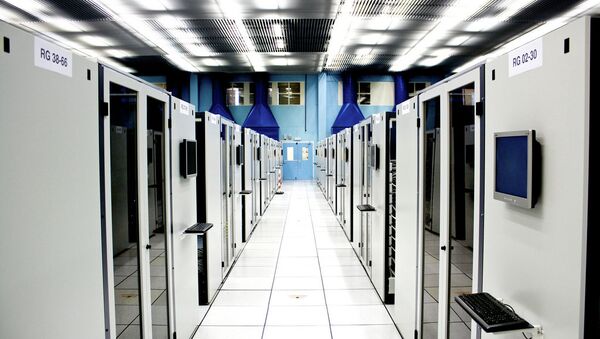According to Tate Cantrell, the company's Chief Technical Officer, (CTO), the country’s climate is among the key features.
"Data centers require lots of cooling. You have data in and data out, with heat as the byproduct. In Iceland, the cooling is free," he explained to Forbes magazine.
Iceland is also relatively secure. It has multiple sources of renewable power, is easily accessible to North America and Europe, and has a highly redundant power grid.
Iceland is the world’s largest electricity producer per capita; 80% of the island's electricity is produced using hydroelectric power stations. It features a vast reservoir storage capacity that the company’s CTO characterizes as a “natural battery”. Additionally, Iceland is starting to use its geothermal capacity (which is already used for heating) to produce electricity and is developing wind resources.
The company already has one data storage facility in the country. It began operations in 2012 and is located in the town of Keflavik in the Reykjanes region of southwest Iceland, on the site of the former NATO airbase.
The company is planning for a future network of data centers that will ultimately be located based on geography.





